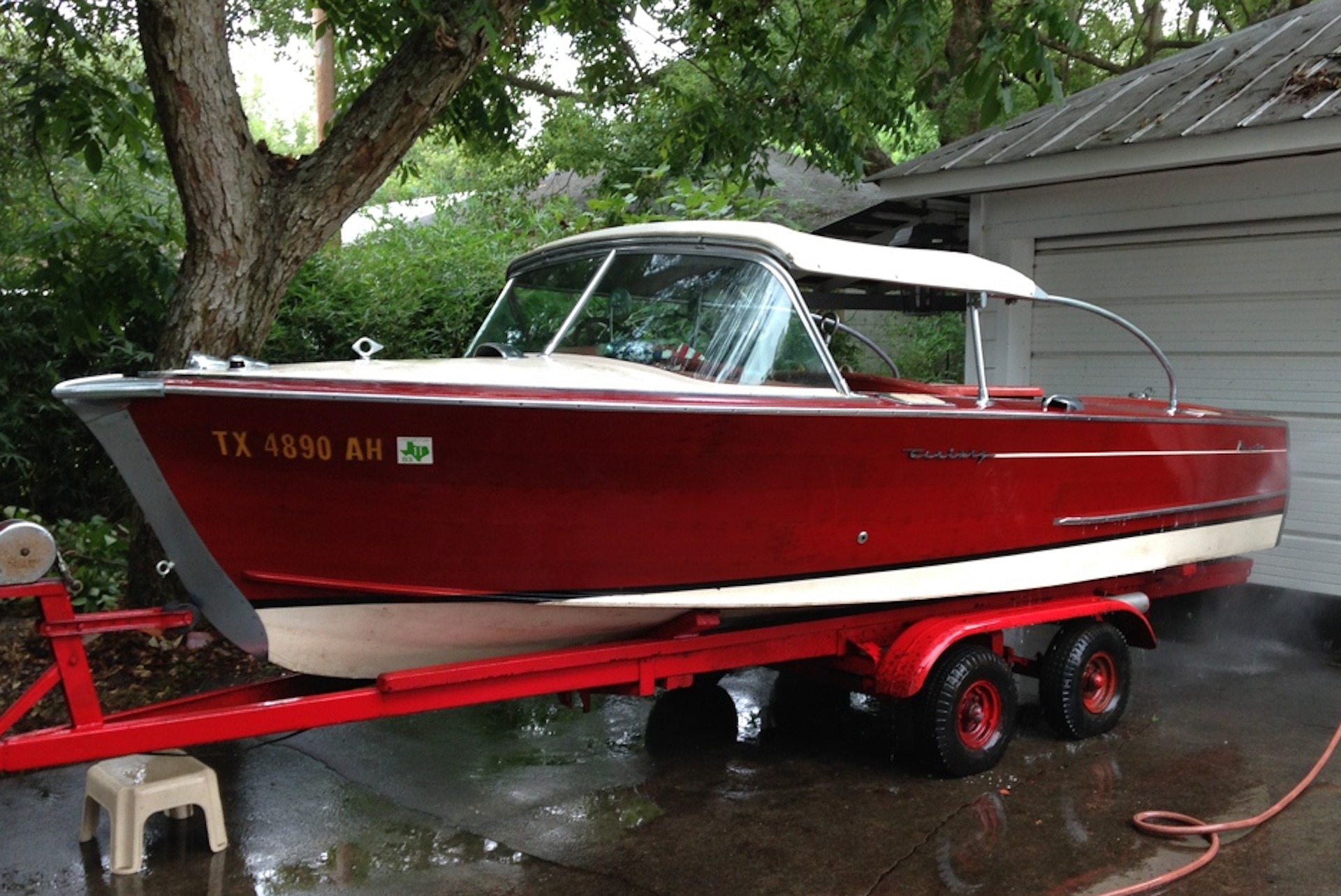The boat’s bow is fitted with an eye that serves multiple purposes. Boaters frequently utilize bow eyes through Georgia, South Carolina, and North Carolina. Whether trailering a boat, storing dockside, or on a dry rack, the eye comes in handy on multiple occasions. The stainless steel half-moon is most commonly used by boaters trailering as it is the main point of connection between the two. Here are the primary functions of a boat bow eye.
Where Is The Bow Eye Located
The eye is positioned centrally on the hull between the most forward section of the gunnel and the waterline.
When it comes to positioning, the eye serves multiple purposes thus must be positioned correctly to utilize effectively. To locate the eye, look for boats on trailers. The winch strap connects the vessel’s bow to the front of the trailer. When vessels are at anchor or dockside, look for a shiny half-moon between the waterline and the top most forward section of the boat.
What Is The Bow Eye Made Of
Eyes are subject to continuous exposure to the elements, including rain, sea spray, and even snow during the coldest months. Because of the exposure to the elements, they are composed of stainless steel. Stainless steel is highly durable at preventing rust accumulation, which is why it is utilized on vessels.
Stainless steel contains chromium which inhibits the formation of rust by creating a protective layer when mixing with oxygen. An eye composed of other metals would be prone to rust, damaging the vessel’s paintwork and rotting and breaking free.
What Is A Bow Eye
The eye is a U-Bolt that connects to the bow of the boat. Bow eyes are designed with strength in mind because of the intended use. A U-bolt is attached from the outside of the hull to the inside with a backing plate positioned on the vessel’s interior.
Eyes serve multiple purposes, including retrieving and holding the boat in place on the trailer, mooring, and towing.
How Much Force Can A Bow Eye Withstand
An eye positioned on the front of the vessel can withstand excessive force applied against the stainless steel half-moon.
The eye is backed by a plate on the opposite side of the hull, thus spreading the pressure applied in multiple directions rather than one.
Due to the spread of force, bow eyes and the fiberglass in which it is connected can hold at minimum the weight of the boat.
Take into account that the eye is the connection point between the trailer winch and the boat. When winching a vessel onto the trailer, the force is directly applied to the eye; therefore, it will not fail when the boat’s weight is forced against the stainless steel fitting.
Consider other forces applied to the eye, including securing a vessel while moored despite stiff winds and heavy seas and towing when the engine fails to operate.
Are Stern Eyes The Same As Bow Eyes
The same stainless still eyes are installed on the stern as the bow. A vessel’s stern is equipped with two eyes compared to one on the bow.
On the stern, the eyes are fitted on the port and starboard side and serve a different function than the bow.
Stern eyes are significant when engaging in watersports, including skiing, tubing, skurfing, and more. The watersport tow rope is connected to the eyes and deployed to the person in the water.
In addition to watersports, the eyes lock the rear of the vessel to the trailer. Straps connect from the eyes to the trailer, preventing the boat’s back from bouncing up and off the trailer.
Unlike the eye positioned on the bow, never attach the tow rope to the stern of a broken down vessel. During towing, water will pour into the boat, causing it to sink. The broken-down vessel must always have the tow line connected to the bow.
When buying a replacement or fitting the vessel with a new eye, we recommend the White Water Stainless Steel Two Pack Bow Or Stern Eyes.
Bow Eyes Serve Multiple Functions
The eye positioned on the bow of the boat serves multiple purposes. It is constructed with marine-grade stainless steel to prevent deterioration and rust. Rust is more likely in the coastal regions of Georgia, South Carolina, and North Carolina. The eye is capable of remaining seated despite tremendous force applied. In the unfortunate situation, the vessel requires towing; never hesitate to connect the line to the eye on the bow. Lastly, use a marine-grade wax bi-annually to maintain a shine.





